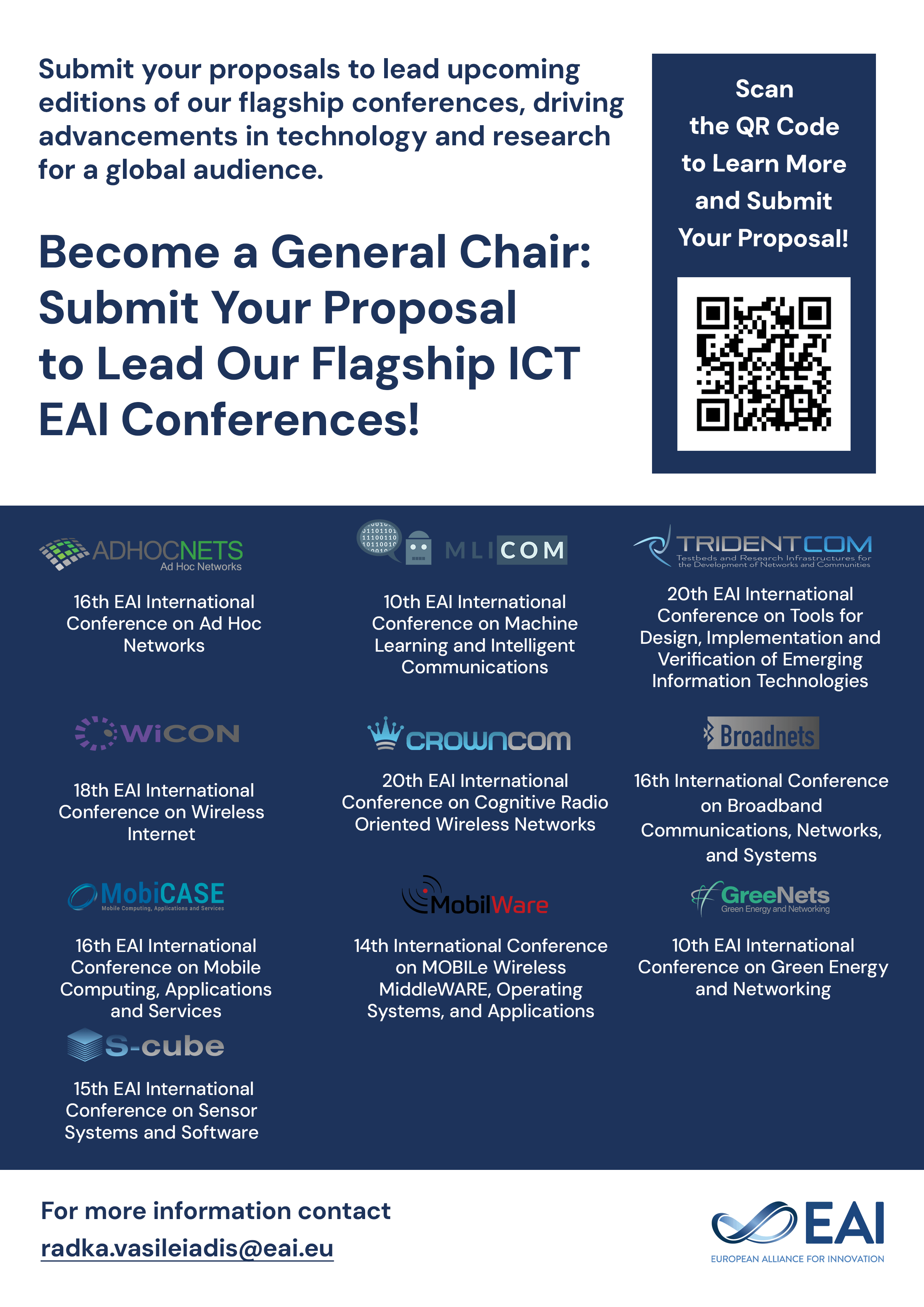
Research Article
Integration of RFID and Computer Vision for Remote Object Perception for Individuals Who Are Blind
@INPROCEEDINGS{10.4108/ICST.AMBISYS2008.2902, author={Troy L. McDaniel and Kanav Kahol and Daniel Villanueva and Sethuraman Panchanathan}, title={Integration of RFID and Computer Vision for Remote Object Perception for Individuals Who Are Blind}, proceedings={1st International ICST Workshop on Haptic in Ambient Systems}, publisher={ACM}, proceedings_a={HAS}, year={2010}, month={5}, keywords={RFID computer vision distal object perception assistive technology haptic user interfaces.}, doi={10.4108/ICST.AMBISYS2008.2902} }- Troy L. McDaniel
Kanav Kahol
Daniel Villanueva
Sethuraman Panchanathan
Year: 2010
Integration of RFID and Computer Vision for Remote Object Perception for Individuals Who Are Blind
HAS
ICST
DOI: 10.4108/ICST.AMBISYS2008.2902
Abstract
Over the last few years, Radio-Frequency Identification (RFID) technology has gained popularity for use in assistive technology for individuals who are blind. Recently, RFID-based wearable assistive devices have been developed for individuals who are blind to assist with navigation or remote object perception. However, RFID-based assistive technology suffers from two major drawbacks: (1) information overload in environments with many tagged objects, and (2) usability issues in untagged environments. In this paper, we propose a framework for integrating RFID and computer vision in assistive devices for remote object perception to overcome the aforementioned limitations. Computer vision enables content selection to help prevent information overload and provide users with only relevant information found through RFID. Moreover, computer vision can be used to learn a mapping between visual data and object features as acquired through tags, which will enable computer vision to replace RFID in untagged environments.


